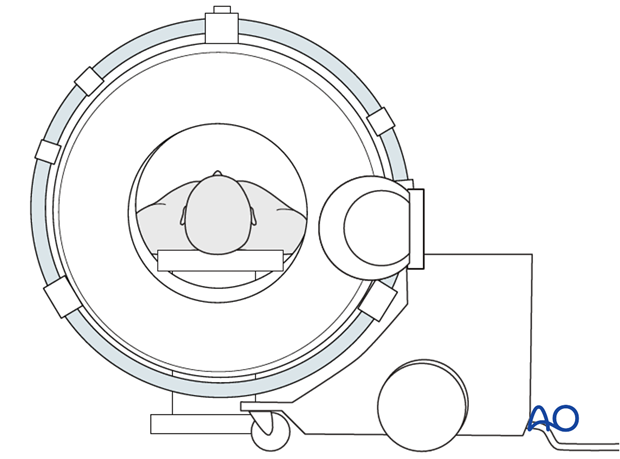Cone beam vs. fan beam CT
1. Introduction
Presurgical planning is primarily based on data acquired from CT or MRI. CT data can be obtain from two modalities, cone beam CT and fan beam CT (medical grade CT).
Data output from these devices is in "DICOM format" (Digital Imaging and Communication in Medicine).
2. Cone beam CT
Cone beam CT is a more recent development which emits a "cone type" X-ray and is detected by a flat panel sensor.
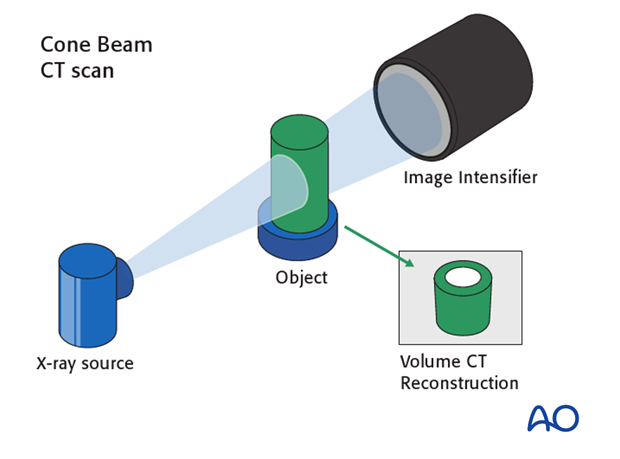
3. Fan beam CT
Traditional fan beam CT emits a "fan type" X-ray and is detected by a linear detector array.
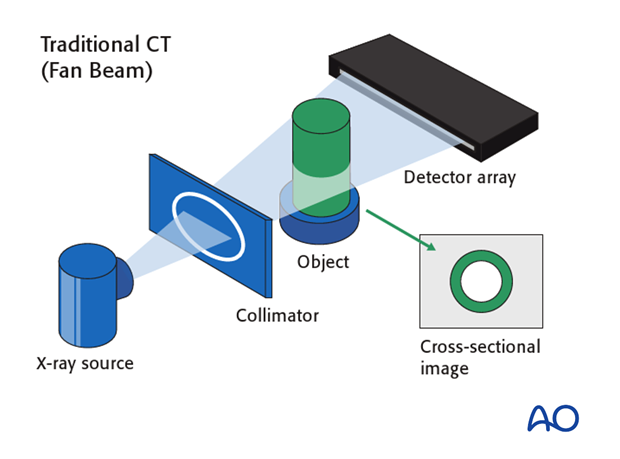
4. Cone beam vs. fan beam CT
Advantages of fan beam CT include:
- Greater soft tissue definition (the difference in soft tissue resolution is shown in the scans on the left)
- Greater bone resolution
Advantages of cone beam CT include:
- Lower radiation dosage
- Lower cost
- Less artifacts with metallic objects
- Available for mobile 3D C-arm
- Possible to operate by non-radiologists
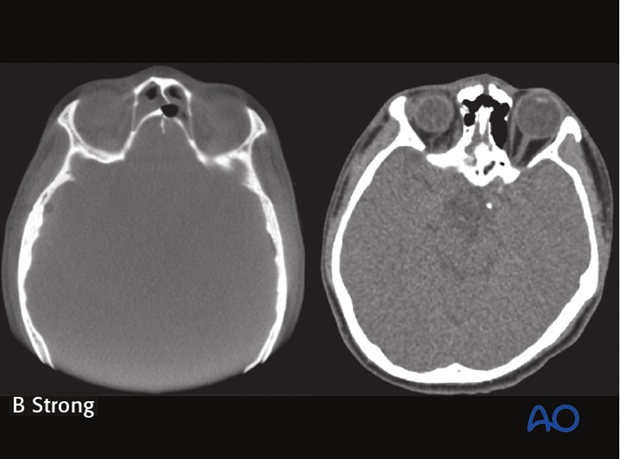
Fan beam and cone bean CT scanners have both stationary and portable platforms.
Stationary systems often have higher resolution, while portable systems allow for intraoperative usage.
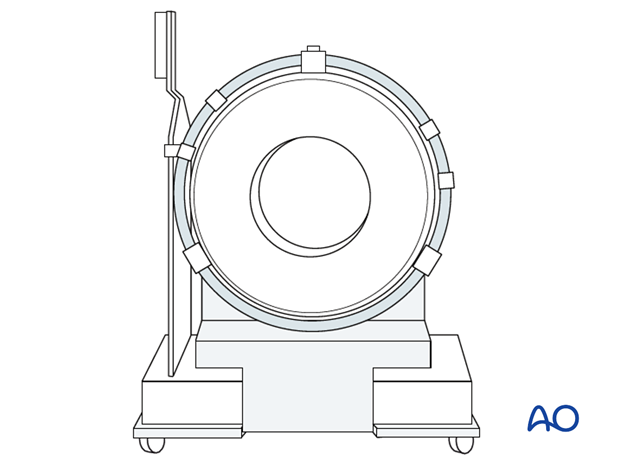
Portable fan beam scanners often have smaller gantry size limiting access to the lower facial skeleton because the shoulders will not fit into the scanner.
